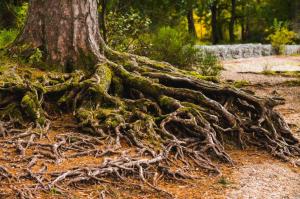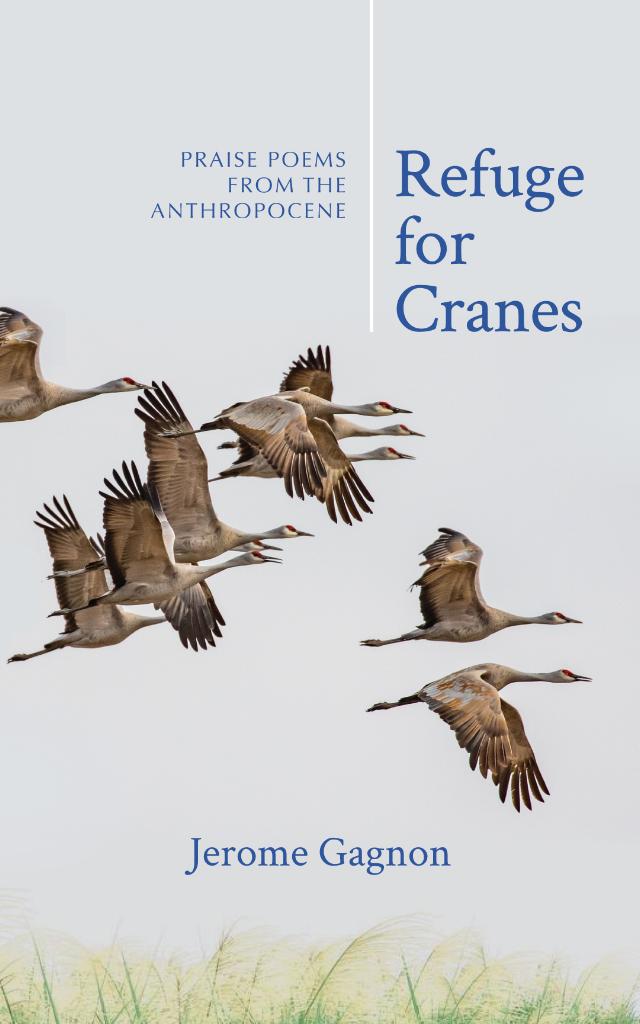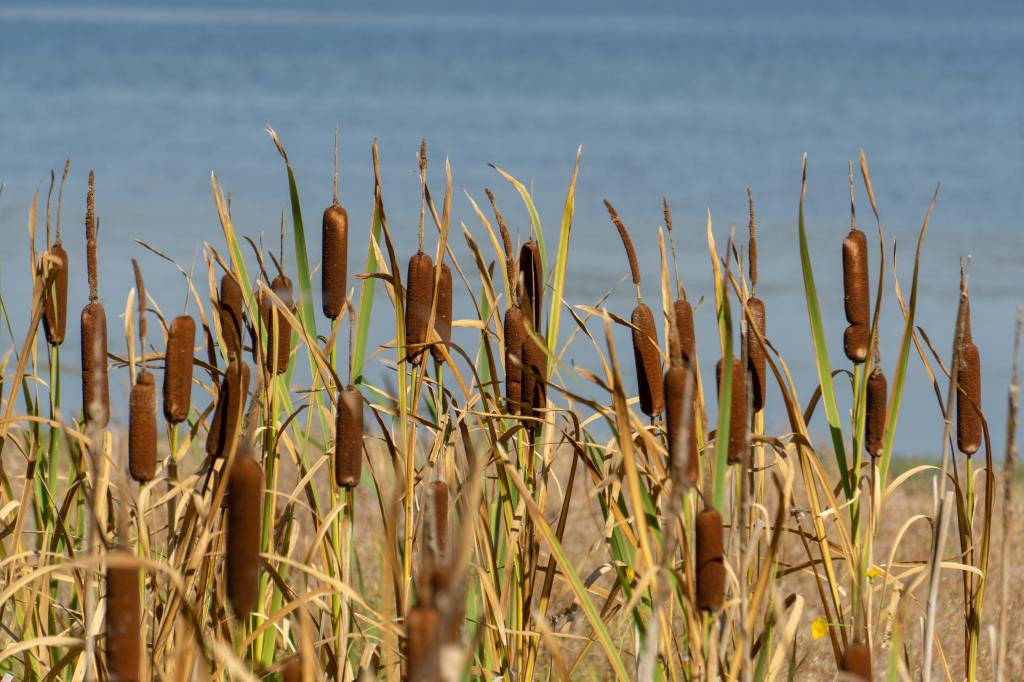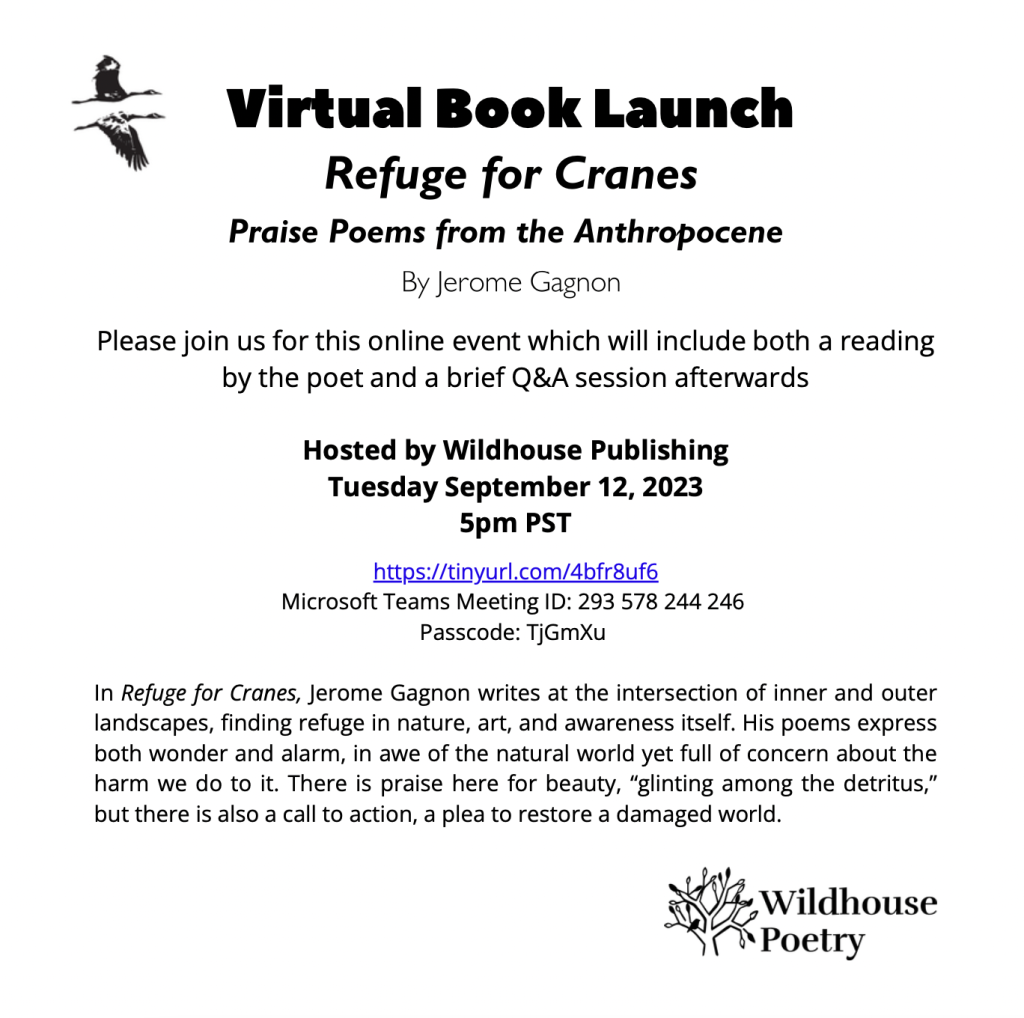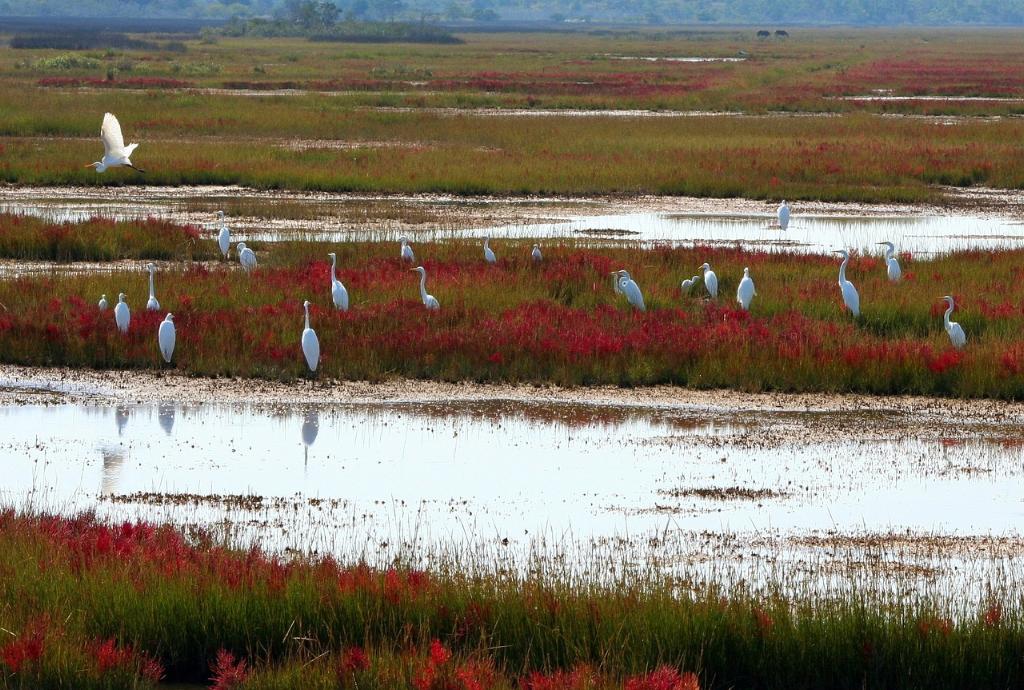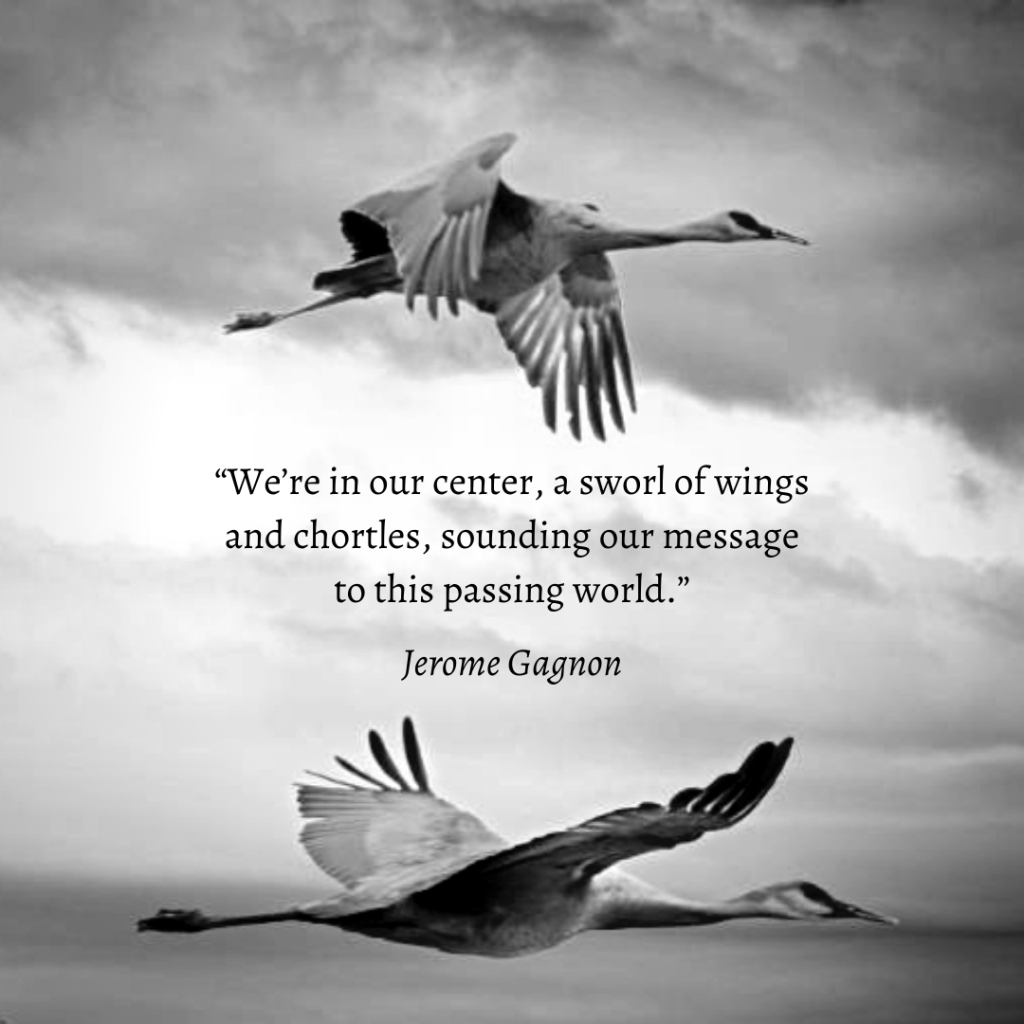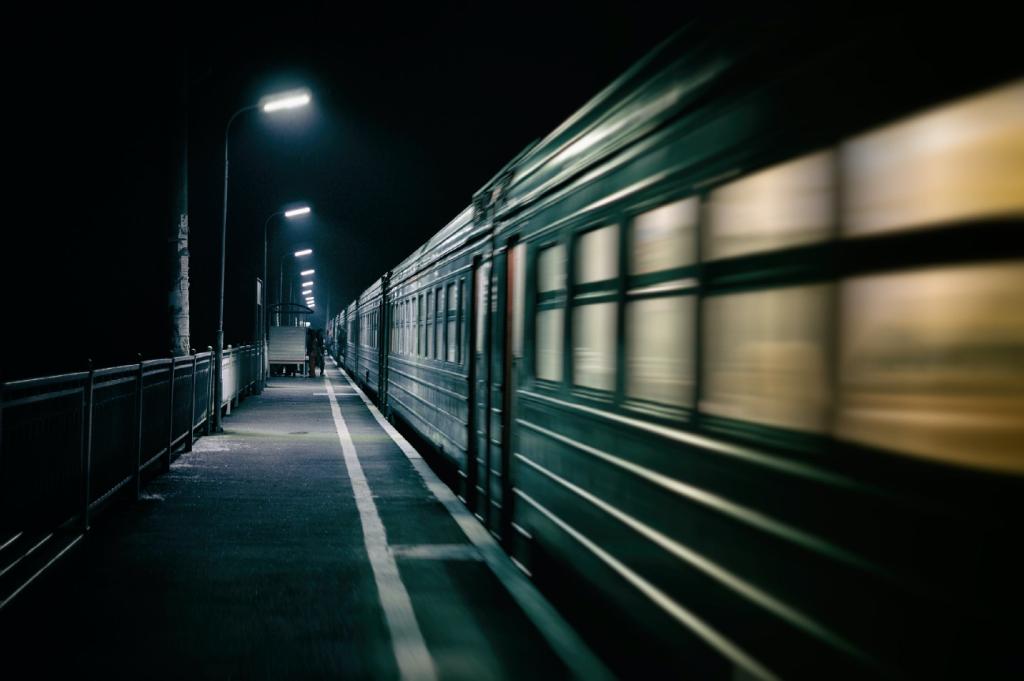February Online Events
This month, Mark S. Burrows continues his exploration of poetry and the wisdom of the heart, Richard Blanco reads selections from his latest collection, and Gloria Heffernan offers a free poetry workshop on the power of place.
Homeland of My Body: New & Selected Poems. Join Richard Blanco and friends of The Poet’s Corner as he reads from his latest book, Sunday, February 11, 2024, 4 – 5:30 pm ET. Visit www.https://thepoetscornermaine@gmail.com to register for this free Zoom event.
Sacred Journeys: An Evening Reading And Writing About Place with poet Gloria Heffernan. February 12, 7 -8:30 pm ET. Visit the Raft at www.https://phylliscoledai.substack.com to register for this free event.
Heartwork: Exploring Rilke’s Poetry. Poet, scholar, and translator Mark S. Burrows facilitates this online workshop that explores “how our own heart-work might guide us into greater resilience and authenticity.” Thursday, February 15, 2024, 2 – 3:30pm ET. Cost: $25. Visit www.https://thepoetcorner.org to register.
Aubades: Morning Online Poetry Discussion, Mulberry Street Library, Thursday, February 22, 2024, 10 – 11am ET. Visit the New York Public Library site at www.https://nypl.org to register for this free online event.
A Different Slant
In her review of Refuge for Cranes (Tupelo Quarterly, December 14, 2023), author and poet Aline Soules has written: “On the surface, it would be easy to read these poems as accessible descriptions of the world of ordinary things, to enjoy the beauty the poet highlights from the garden or the woods or the land and creatures around him. But let each poem linger in the mind and their subtle complexity emerges…” www.tupeloquarterly.com
Seven Poems from Refuge for Cranes
Morning Song
I started writing “Morning Song” early one morning and finished the draft within an hour or so. I’d recently seen a yellow grosbeak, unusual for this part of California, and that entered into the stream of things, as did a reference to a “camel inside a camel,” which I think comes from Rumi. The last line was a surprise. I don’t remember giving much thought to loving the unloving before, and these words felt like an opening to begin to see everyone as equally deserving of love. Another way of looking at the last line is as an invitation to love all parts of oneself, so the poem might serve as a prompt for self-care.
Walking Under Redwoods
This poem was brewing on some level even as I was walking through a redwood grove with a friend one crisp December day. As I remember, it was the day after Christmas. Everything was so still and quiet, I almost felt like an intruder. For some reason, our walk prompted my friend to talk about some of her regrets I guess you could call them, and I began to see my own experience through a similar lens. The redwoods seemed to take it all in. Nature, after all, is the best listener. Writing this poem reminded me of the value of silence in our lives, and that includes the silence between words and sentences, the silence of the trees, and the silence of our footfalls on the soft ground. Even the dim rush of the nearby creek was enhanced by that silence around us.
Sites of the Shutdown
I suppose we naturally look for something positive to come out of the negative, and that was true for me about the pandemic and subsequent shut-down of so many things I took for granted. This poem came out of that sensibility, and it reminded me that what I seek isn’t outside myself, that whatever satisfaction I may find isn’t strictly in the outcome of things but in my response to it. It’s true that the pandemic did acquaint me more with solitude, and it’s not over yet as of this writing. But it also taught me to value even the smallest interactions — at the checkout counter, on the bus, or ordering a meal, for instance. None of these would be possible without our mutual participation.
Earthbytes
This poem was a conscious attempt to put into words the need for an active involvement in the environmental crisis, without being “preachy.” I really wanted to write a poem that encourages commitment to conservation and mindful living. This isn’t necessarily that poem, but it’s a start. It began with a fragment of a line from several years ago, “like the bulb that from darkness emits the bloom,” and evolved from there. Yes, the current crisis is dire but I believe we can make a difference. It won’t be easy, but what’s the alternative?
Enquiry
As I get older, the list of things and people I’m grateful for continues to grow. Sometimes, spontaneous memories of the kindness of friends come back to me. (I lived rent-free in the attics of two different friends for over a year.) It’s a wonderful feeling to thank those special friends once again and to feel reconnected on a deep level, one that transcends time and place. But there’s also the spontaneous feeling of gratitude that arises in everyday activities — gratitude for the cup for holding the coffee, and for the bowl for containing my cereal in the morning. Occasionally, we come across beauty in nature in the least expected of places, as this poem recounts, and these moments are worthy of celebration.
Eye of the Heart
This title came to me long before the poem did and wouldn’t let go. I liked it but wondered if it wasn’t a cliché. But in my initial research, I didn’t find any titles exactly like it. I wonder if the subject might have stemmed from some of my childhood art projects in which I took a black crayon and made curvy lines that crossed and re-crossed each other, creating irregular spaces that I filled in with various colors, finally drawing eyeballs in some of the spaces. It was my version of modern art. The surprise of this poem was the last section. I didn’t see it coming. There’s a tangible joy in the practice of wishing others well that benefits both the sender and the recipient.
It reminds me of the metta meditation from Tibetan Buddhism that begins, “May all beings be well, may all beings be happy, may all beings be free.”
We, Cranes
What I like to call the “happy we” is introduced as the narrator here. The voice includes both poet and cranes, blurring the distinction between observer and observed, subject and object. Although brief, this poem is probably my favorite in the collection. There’s something magical about these creatures, and they seem to invite us into an almost mythical world in which language feels unnecessary.
